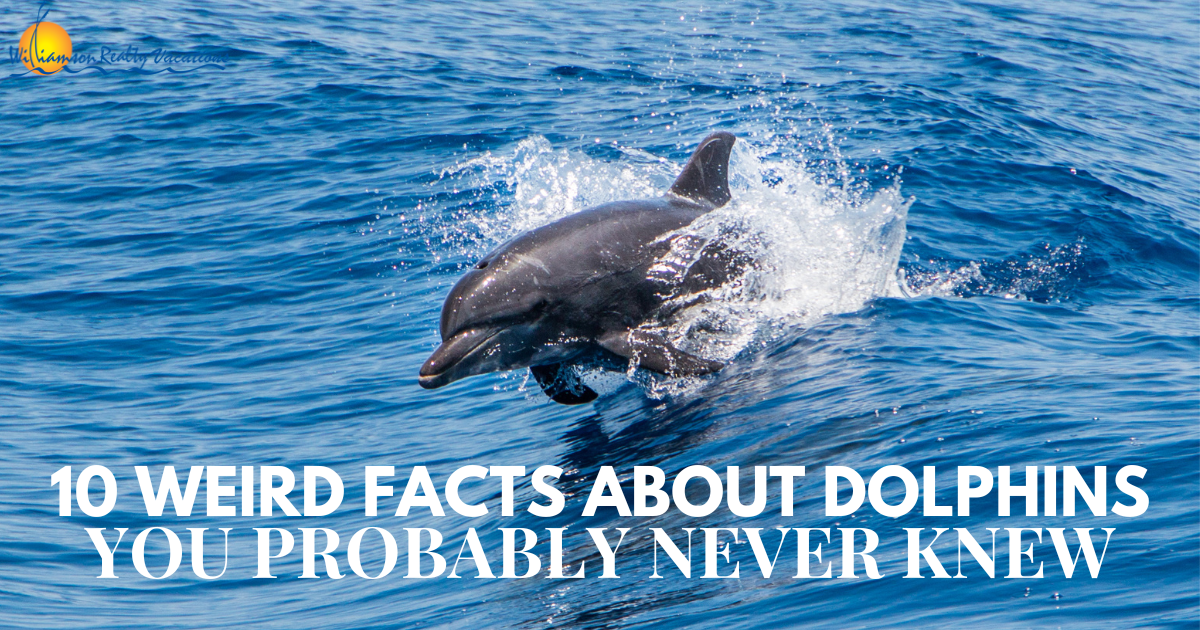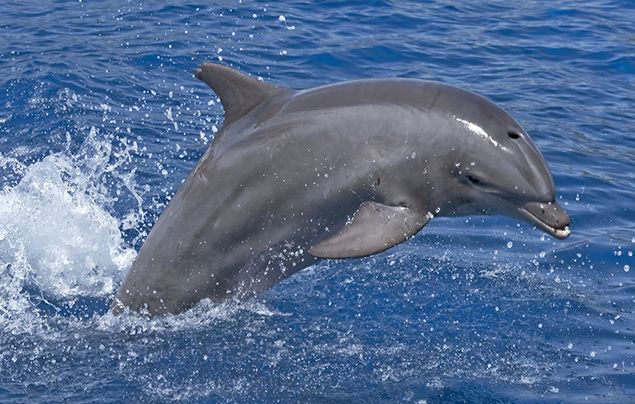Discover How Dolphin Facts Program Their Strong Bond with Human Beings
Discover How Dolphin Facts Program Their Strong Bond with Human Beings
Blog Article
Dive Into the Ocean: Fascinating Dolphin Facts for Sea Lovers
The world of dolphins presents an interesting junction of knowledge, social habits, and environmental value. From their complex communication methods to their remarkable problem-solving capacities, dolphins test our understanding of animal knowledge.
Dolphin Types Variety
Diversity is a hallmark of the dolphin family, encompassing a large range of varieties that exhibit distinctive physical characteristics, actions, and environments. The family Delphinidae, generally referred to as nautical dolphins, makes up roughly 37 varieties, each adapted to certain ecological particular niches. The bottlenose dolphin (Tursiops truncatus) is renowned for its knowledge and versatility, flourishing in both open and seaside sea atmospheres.
On the other hand, the whale (Orcinus orca), frequently described as the awesome whale, is the largest participant of the dolphin family members and is characterized by its striking black-and-white coloration. Orcas demonstrate complex social frameworks and searching methods, showcasing the behavioral variety within the family members. Other species, such as the spinner dolphin (Stenella longirostris), are noted for their acrobatic screens and choice for warmer waters, highlighting the flexibility of dolphins to numerous marine ecological communities.
Additionally, river dolphins, including the pink river dolphin (Inia geoffrensis), live in freshwater settings, additionally highlighting the comprehensive habitats that dolphins occupy. Dolphin Facts. This amazing diversity not only enhances marine environments however likewise highlights the value of conservation efforts to safeguard these amazing creatures and their environments
Social Actions and Interaction
The elaborate social behavior and communication methods of dolphins are important elements of their existence, facilitating team communication and enhancing survival. These highly smart aquatic mammals show facility social frameworks, commonly developing sheaths that can range from a couple of people to over a hundred. Within these teams, dolphins participate in behaviors such as participating searching, social play, and mutual protection, which cultivate strong bonds amongst members.
Dolphins utilize an innovative variety of vocalizations, including clicks, whistles, and body movement, to communicate details and express feelings. Their signature whistles act as distinct identifiers, akin to names, allowing individuals to call out to each other. This singing interaction is matched by non-verbal signals, such as leaping, slapping the water, and integrated swimming, which even more enhances their communications.

Unique Feeding Practices
Distinct feeding routines identify dolphins, showcasing their adaptability and intelligence in numerous marine settings. These marine creatures are recognized for their varied diets, which primarily consist of fish, squid, and crustaceans. Their hunting strategies can vary significantly, frequently tailored to the particular prey and environmental conditions.
One noteworthy method is cooperative hunting, where dolphins work in groups to herd schools of fish right into limited developments, making it much easier get more for individuals to capture their dish. This social behavior not only boosts their feeding efficiency yet also strengthens social bonds within the pod. Additionally, dolphins have actually been observed utilizing a technique called "fish-whacking," where they utilize their tails to confuse or stun fish, assisting in simpler capture.
One more interesting feeding habit is echolocation, which permits dolphins to discover prey even in murky waters. Overall, the one-of-a-kind feeding routines of dolphins highlight their role as knowledgeable predators within the aquatic ecosystem, showing both intelligence and ingenuity.
Knowledge and Problem Addressing
Their knowledge is apparent in their analytic skills, social communications, and capability for knowing. Study has demonstrated that dolphins can make use of devices, such as utilizing marine sponges to safeguard their rostrums while foraging on the seafloor.
In addition, dolphins exhibit sophisticated interaction abilities, using a complex system of clicks, whistles, and body language. Dolphin Facts. This interaction is crucial for collaborating team tasks, such Learn More as searching and socializing, illustrating their ability to function jointly towards a common goal. Their capability to recognize abstract principles, consisting of self-recognition in mirrors, further emphasizes their cognitive elegance
In controlled research studies, dolphins have actually revealed an ability to solve puzzles and carry out tasks that require both memory and vital reasoning. These communications show not just knowledge but additionally a desire to involve with their environment in novel methods. In general, the cognitive prowess of dolphins places them among the most smart varieties in the world, promoting a much deeper appreciation for their role in aquatic ecological communities.
Conservation and Environmental Effect
Preservation efforts intended at protecting aquatic ecological communities are critical for maintaining dolphin populaces and their habitats. Dolphins are extremely sensitive to environmental changes, and their survival is delicately connected to the health and wellness of oceanic ecosystems. Overfishing, air pollution, and environment change posture considerable dangers to both dolphins and their settings.
Overfishing disrupts the food cycle, causing a decline in victim varieties vital for dolphin survival. Additionally, contaminants such as plastics and chemicals collect in marine environments, threatening dolphins with consumption and bioaccumulation. Raised water temperature levels and ocean acidification, repercussions of climate adjustment, even more endanger the fragile balance of marine ecosystems, impacting dolphin breeding and migratory patterns.
Preservation initiatives, including the facility of marine safeguarded locations (MPAs), play a vital function in safeguarding these smart animals. MPAs assist alleviate human impact, enabling communities to flourish and recoup. Public awareness campaigns and neighborhood engagement are likewise crucial, promoting a society of stewardship towards marine life. By focusing on conservation initiatives, we can make certain that future generations delight in the elegance and vitality of dolphins and the oceans they populate. Safeguarding aquatic ecological communities is not simply regarding conserving dolphins; it has to do with preserving the complex internet of life that maintains us all.
Final Thought
Dolphins exhibit the intricacy and splendor of aquatic life with their varied species, intricate social structures, and progressed cognitive capabilities. Their unique feeding practices and communication techniques even more show their flexibility and intelligence. As important components of marine communities, dolphins underscore the necessity of ongoing conservation initiatives to guard their environments. Safeguarding these impressive animals is essential not just for their survival but likewise for maintaining the health and balance of ocean settings around the world.
Other species, such as the rewriter dolphin (Stenella longirostris), are kept in mind for their acrobatic displays and choice for warmer waters, highlighting the versatility of dolphins to various marine environments.
On the whole, the unique feeding habits of that site dolphins highlight their function as proficient killers within the aquatic ecological community, showing both knowledge and ingenuity.
Generally, the cognitive expertise of dolphins puts them among the most intelligent species on the world, promoting a much deeper recognition for their function in marine ecosystems.

Report this page